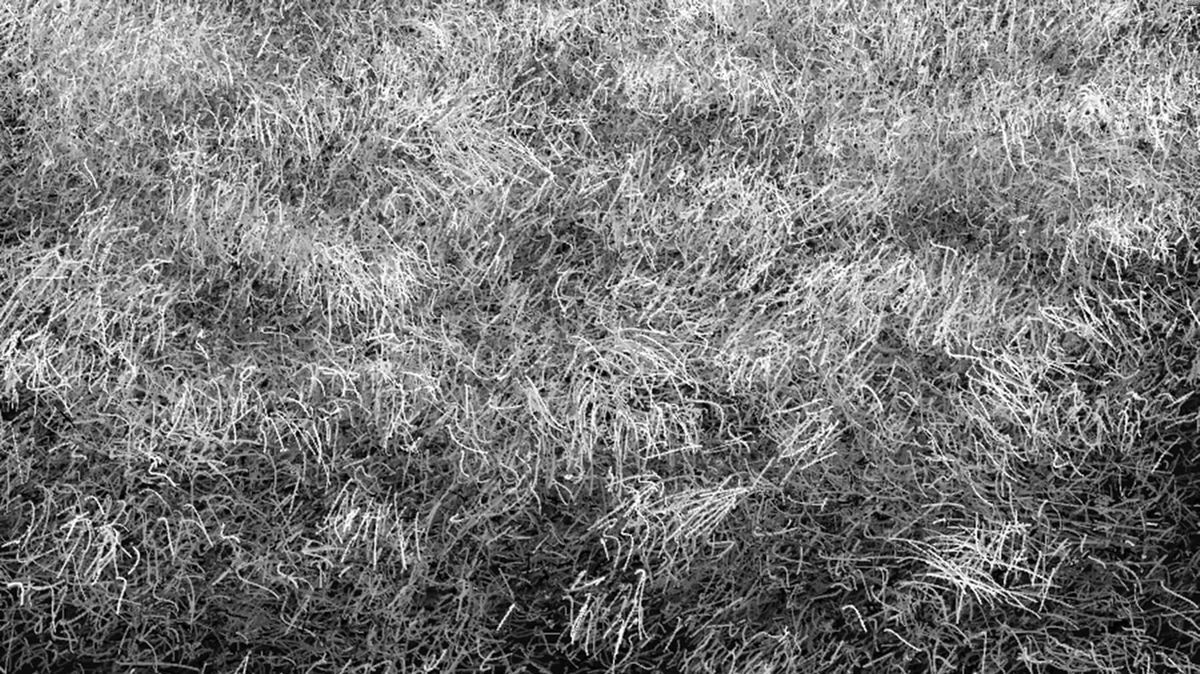
Texture is all around us, from the rough bark of a tree to the smooth surface of a glass table. But what exactly is texture? Texture refers to the feel, appearance, or consistency of a surface or substance. It can be tactile, meaning you can touch and feel it, or visual, where you can see the texture but not necessarily feel it. Understanding texture helps us appreciate art, design, and even nature more deeply. Whether you're an artist trying to add depth to your work or just curious about the world, knowing about texture can enrich your experience. Ready to learn some cool facts about texture? Let's get started!
Key Takeaways:
- Texture is the surface quality of an object, and it's everywhere! From art to nature to technology, texture adds depth and interest to our world, making it more engaging and enjoyable.
- Different textures can be felt or seen, and they play a big role in art, music, food, nature, everyday life, technology, design, and science. They make our world more interesting and help us understand and enjoy it better.
What is Texture?
Texture refers to the surface quality or feel of an object. It can be smooth, rough, soft, or hard. Texture plays a crucial role in various fields like art, design, and even food. Let's dive into some fascinating facts about texture.
-
Texture in Art: Artists use texture to add depth and interest to their work. It can be actual (tactile) or implied (visual).
-
Tactile Texture: This type of texture can be felt by touch. Examples include the roughness of sandpaper or the smoothness of silk.
-
Visual Texture: Visual texture is an illusion of texture created by the artist. It looks like it has texture but feels smooth to the touch.
-
Texture in Music: In music, texture refers to how many layers of sound are heard at once, and how they interact. It can be monophonic, polyphonic, or homophonic.
-
Texture in Food: The texture of food affects its taste and enjoyment. Crunchy, creamy, and chewy are some common food textures.
Texture in Nature
Nature is full of diverse textures that can be both seen and felt. These textures contribute to the beauty and complexity of the natural world.
-
Tree Bark: The texture of tree bark varies greatly between species. Some are smooth, while others are deeply grooved or flaky.
-
Animal Fur: Different animals have different fur textures. For example, a cat's fur is usually soft and smooth, while a sheep's wool is coarse and curly.
-
Rock Surfaces: Rocks can have a variety of textures, from the smoothness of river stones to the roughness of volcanic rocks.
-
Leaf Surfaces: Leaves can be waxy, fuzzy, or smooth. These textures help plants survive in their environments.
-
Water: While water itself is smooth, the surface can appear textured due to ripples and waves.
Texture in Everyday Life
Texture is all around us, influencing our daily experiences and interactions with objects.
-
Clothing: The texture of fabrics affects comfort and style. Cotton is soft and breathable, while denim is sturdy and rough.
-
Furniture: The texture of furniture materials, like leather or fabric, can impact the feel and look of a room.
-
Walls: Wall textures, such as smooth, stucco, or brick, add character to a space.
-
Paper: Different types of paper have different textures, from the smoothness of printer paper to the roughness of watercolor paper.
-
Hair: Hair texture varies from person to person, ranging from straight and silky to curly and coarse.
Texture in Technology
Even in the digital world, texture plays a role in user experience and design.
-
User Interfaces: Digital textures can make interfaces more engaging and intuitive. For example, a button might look like it has a raised texture to indicate it's clickable.
-
3D Printing: 3D printers can create objects with various textures, from smooth to rough, depending on the design.
-
Virtual Reality: In VR, textures help create more immersive environments by mimicking real-world surfaces.
-
Gaming: Game designers use textures to make virtual worlds more realistic and engaging.
-
Touchscreens: Some advanced touchscreens can simulate different textures, enhancing user interaction.
Texture in Design
Designers use texture to create visual interest and convey messages in their work.
-
Graphic Design: Texture can add depth and dimension to flat images, making them more appealing.
-
Interior Design: Combining different textures in a room can create a balanced and inviting space.
-
Fashion Design: Designers use various fabric textures to create unique and stylish clothing.
-
Product Design: The texture of a product can affect its usability and appeal. For example, a phone case with a textured grip is easier to hold.
-
Web Design: Web designers use textures to make websites more visually interesting and user-friendly.
Texture in Science
Scientists study texture to understand materials and their properties better.
-
Material Science: Texture analysis helps scientists understand the properties of materials, such as strength and flexibility.
-
Geology: Geologists study rock textures to learn about the Earth's history and processes.
-
Biology: Biologists examine the textures of plants and animals to understand their functions and adaptations.
-
Chemistry: Texture can affect how substances interact and react with each other.
-
Physics: The texture of surfaces can influence friction and other physical properties.
Fun Facts About Texture
Here are some quirky and interesting facts about texture that you might not know.
-
Bubble Wrap: Originally intended as wallpaper, bubble wrap is now loved for its unique texture and popping sound.
-
Velcro: Invented by a Swiss engineer, Velcro's texture mimics the tiny hooks and loops found in nature.
-
Sandpaper: The texture of sandpaper is created by gluing abrasive particles to a paper or cloth backing.
-
Braille: This tactile writing system uses raised dots to represent letters and numbers, allowing visually impaired people to read by touch.
-
Textured Paint: Some paints contain additives that create a textured finish, adding depth and interest to walls.
-
Tactile Paving: Used in public spaces, tactile paving has a textured surface to help visually impaired individuals navigate safely.
-
Embossing: This technique creates a raised texture on paper or fabric, often used for decorative purposes.
-
Textured Glass: Glass can be textured to create privacy while still allowing light to pass through, commonly used in bathroom windows.
Final Thoughts on Texture
Textures shape our world in ways we often overlook. From the rough bark of a tree to the smooth surface of a polished stone, textures add depth and character to everything around us. They influence how we interact with objects, how we perceive our environment, and even how we feel emotionally. Understanding textures can enhance our appreciation for art, nature, and everyday items. Whether you're an artist seeking inspiration or just someone curious about the world, paying attention to textures can open up a new dimension of awareness. So next time you touch something, take a moment to really feel its texture. You might discover a whole new layer of beauty and complexity. Textures are more than just a surface quality; they're a gateway to a richer, more tactile experience of life.
Frequently Asked Questions
Was this page helpful?
Our commitment to delivering trustworthy and engaging content is at the heart of what we do. Each fact on our site is contributed by real users like you, bringing a wealth of diverse insights and information. To ensure the highest standards of accuracy and reliability, our dedicated editors meticulously review each submission. This process guarantees that the facts we share are not only fascinating but also credible. Trust in our commitment to quality and authenticity as you explore and learn with us.


